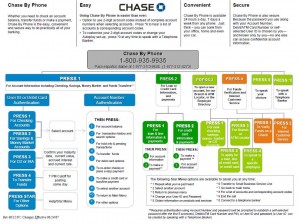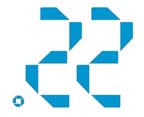When I started reading about Chase Blueprint, I thought I had finally found something Chase had done right. Blueprint is what Chase calls a financial management tool that is attached to a subset of their credit cards and allows card holders to create plans for paying off various things they have charged on their credit card. There is no additional charge for using Blueprint.
But, like most things with Chase, I decided to dig a little deeper and see if there was anything fishy behind it, and there was.
The first thing that struck me odd was the fact that Blueprint is being presented by Chase as a financial management tool. Hey, that’s great, I am all for people learning how to manage their money better. When it comes to your money, there are two main things you can do with it, save it or spend it. Well, Blueprint fails overall as a financial management tool because in order to manage your finances with Blueprint, you have to first spend your money, which, isn’t exactly one of the cornerstone principles of good personal financial management.
When you spend money, you can either spend money you have, or money you don’t have. One of the whole premises behind Blueprint is that it help you break up your credit card bills into subsets of spending so that you can make plans to pay off various things in various time frames, all the while happily paying interest to Chase. Because it only applies to the spending of money you don’t have, once again it fails as a good financial management tool.
What is Blueprint really for?
- To make people feel more comfortable keeping balances for longer periods of time.
- To help Chase customers who tend to rack up large balances on their credit cards be more diligent about paying it ALL off eventually.
Yes, it is a tool to help Chase get people to hold onto their balances longer, and be more likely to pay them off eventually. Yes, it is a tool that primarily benefits Chase. On the one hand, you have to give Chase credit; Blueprint does make good business sense for them.
Ok, so, big deal, it benefits Chase. It’s free anyways, so who cares. Right? Wrong. The Blueprint service only applies to a subset of Chase credit cards, the Platinum, Slate, Freedom, Sapphire, and Chase business cards. Almost all of these cards have much higher APR’s or an annual fee than other cards many customers have from one of the many institutions that Chase has acquired over the last five or more years. The majority of the cards that have Blueprint have a VERY HIGH initial APR if you have only average credit scores. You would have to have PERFECT credit scores to get the lowest advertised APR of around 13% on most of these cards, which itself is not a very good rate anyways. And if your credit score goes down for some reason (for instance because Chase lowers your credit limit on another card) they can move you to a higher interest rate despite the new rules in the Credit Card Act of 2009, because the tiered interest rate is built into most of these cards from the start.
So, in order to benefit from Blueprint many Chase customers would have to switch to a higher cost card.
If you really want a tool that improves your ability to manage your finances, try one of the great online personal financial management tools like GreenSherpa, a service that allows you to aggregate financial information from not just your credit card, but your bank and other accounts as well, all in one place. You are much more likely to practice proactive financial management (i.e. BEFORE you spend) with a tool like GreenSherpa than with Blueprint.
Also, read the book Your Money or Your Life to get a handle on what you spend your money on and why.





